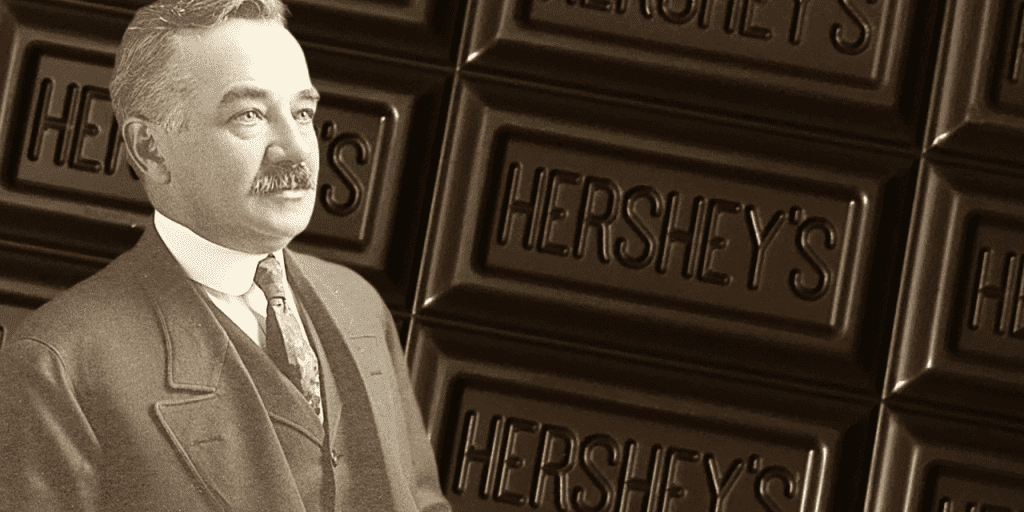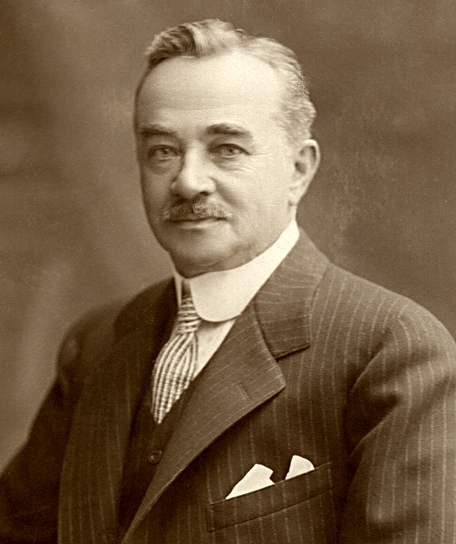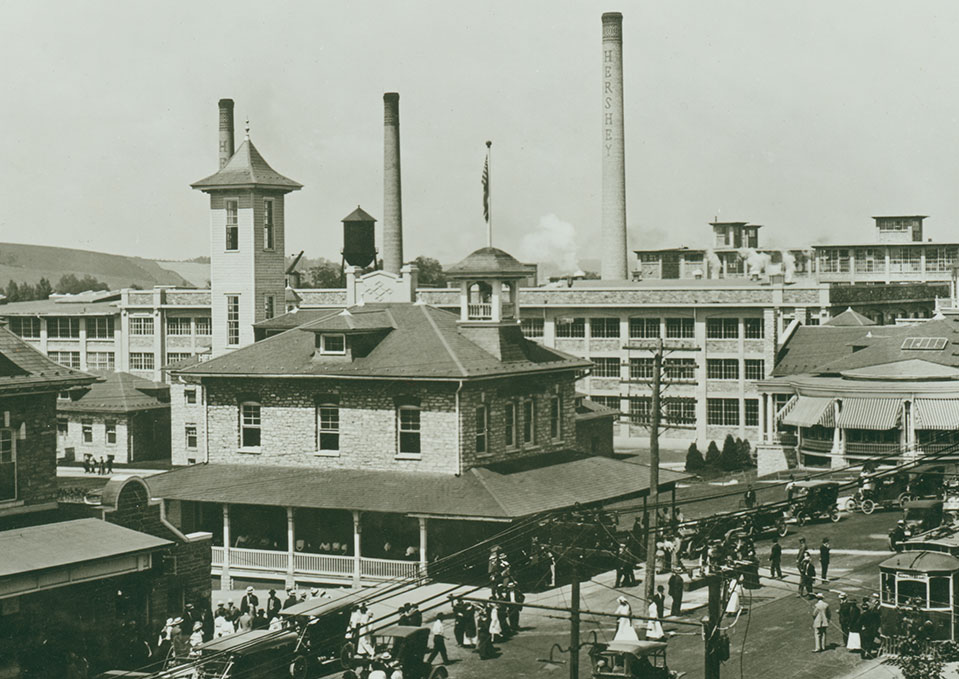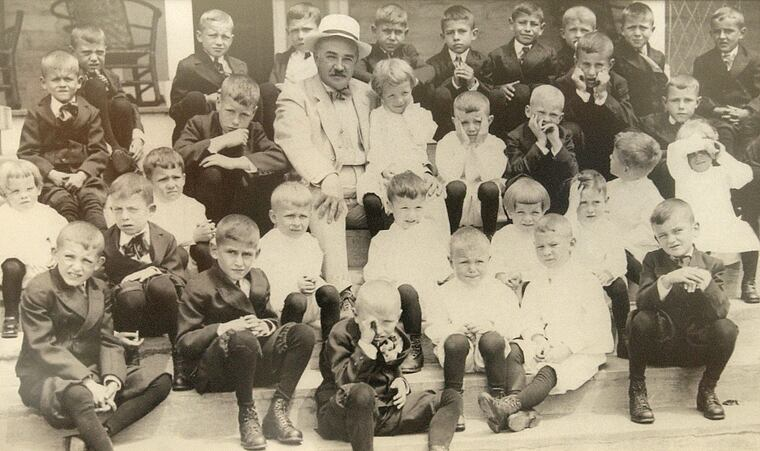When you think of Hershey, Pennsylvania, your mind likely jumps straight to creamy milk chocolate and theme parks. But the real story behind the name goes much deeper than candy bars. In 1903, Milton S. Hershey didn’t just build a factory he built an entire town from the ground up, designed not only to produce chocolate, but to support and uplift the people who made it.
At a time when industrial towns across America were known for harsh working conditions and poverty, Hershey dared to believe in something radical for his era: that success wasn’t just measured by profits, but by the well-being of your people.

From Caramel to Chocolate: The Origin of a Visionary
Milton Hershey’s journey to chocolate mogul wasn’t instant. In fact, before founding the Hershey Chocolate Company, he had already experienced multiple business failures. It wasn’t until he struck gold with a caramel business that things began to change. But Hershey saw something bigger than caramel he believed milk chocolate, then a luxury only for the wealthy, could be made affordable and accessible to everyone.

In 1903, he began building what would become the largest chocolate manufacturing facility in the world, right in the middle of the Pennsylvania countryside. But Milton Hershey didn’t stop there.
Video:
Hershey: The Real Life Willy Wonka
Welcome to Hershey, Pennsylvania
What made Hershey unique wasn’t just the chocolate it was the community. As the factory rose from the farmland, so too did a town with schools, homes, parks, public transportation, and even a zoo. Hershey envisioned a place where workers could live full, healthy, and enjoyable lives.
He built:
- A trolley system that connected workers to nearby towns.
- A community center, theaters, and sports fields for leisure and recreation.
- Quality homes for his employees and their families at reasonable prices.
- Hershey Park, originally created as a place for workers to relax and enjoy picnics with their children.
- Top-tier schools, including an innovative vocational school for orphan boys.
This wasn’t charity it was a belief in human dignity. Hershey understood that happy, healthy workers created better products and stronger communities.

The Milton Hershey School: Legacy of Love
One of Milton Hershey’s greatest contributions came in 1909, when he and his wife, Catherine, founded the Milton Hershey School, a private boarding school for orphaned boys. When Catherine passed away and the couple had no children of their own, Hershey donated his entire fortune worth millions at the time to ensure the school’s longevity.
Video:
Inside Milton Hershey’s Mansion: How to Build a Chocolate Empire (High Point)
Today, the school still exists and serves children from low-income families, offering full scholarships, housing, education, and care all funded by the Hershey Trust. That means every time someone buys a Hershey bar, they’re also helping support the lives and futures of hundreds of children.
Business with Heart
In an era when worker exploitation was common, Hershey’s approach was nothing short of revolutionary. While not perfect he was still a businessman running a large company he demonstrated that ethical capitalism could succeed. His factory became one of the most efficient in the world, and his employees were among the most loyal.
Milton Hershey proved that industrial innovation and human compassion could go hand-in-hand.

A Sweet Legacy That Still Lives On
More than a century later, Hershey, Pennsylvania still thrives. Tourists visit the chocolate-themed amusement park, the Hershey Story Museum, and the pristine tree-lined streets that Milton Hershey once walked. But beyond the tourist attractions is a living testament to one man’s belief that business could do more than just make money it could build lives.


